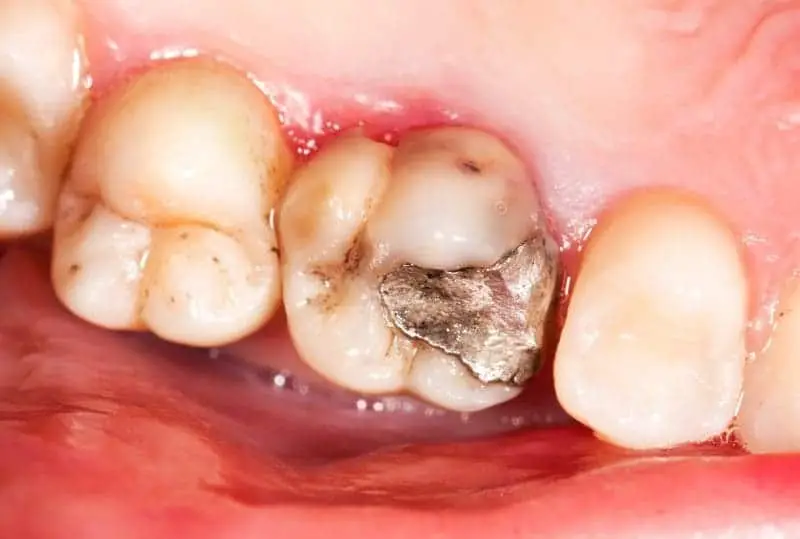When you get a cavity in a tooth, it’s important to have a dentist fill the cavity in order to stop the tooth from becoming infected, rotting, and causing pain and other problems. One common material used to fill a cavity is mercury, or dental amalgam, which uses liquid mercury and a powdered alloy made of copper, tin and silver. Fillings with mercury have several benefits. They’ve been around for years, so dentists are experts at working with the material. They are very strong, so they work for chewing, and they last a long time, so they’re less likely to break over time. They’re also the least expensive type of filling material available.
Despite their benefits, mercury fillings have potential risks — and it’s important to be aware of those risks when making your oral care decisions.
What Are the Concerns About Dental Mercury?
Mercury is an element that everyone encounters every day in the world. However, some health care experts worry about the effects dental mercury can have on the body. When people are exposed to high levels of mercury for a long time, it can have negative effects on their bodies, including anxiety, irritability, memory issues, headaches, fatigue and more. While low levels of mercury appear safe for humans, health experts now question how much mercury can be released into the body via a filling and how much of it the body absorbs.
Research has shown that pregnant women are especially at risk when it comes to dental mercury, since mercury can cross the placenta and affect unborn babies. Also at risk are children and breastfeeding mothers.
What Are the Alternatives?
Luckily, there are alternatives to dental mercury. One substance that can be used for dental fillings is composite resin. These fillings are tooth colored and made of a type of plastic. Dentists can also make glass ionomer cement fillings, which use organic acids.
Which Regulators Can Make Changes?
Much of the western world — besides the United States — has taken steps to limit the use of dental mercury. The FDA is in charge of regulating dental mercury usage in America, and it is the regulating body that must make changes in order to limit its use in fillings.
Learn more about dental mercury by reading this statement on dental amalgam released by the ADA. It outlines more of both the benefits and risks of having mercury in your mouth.




